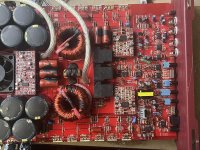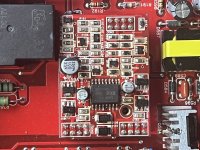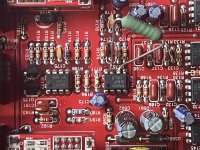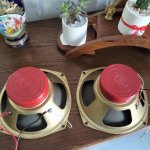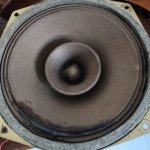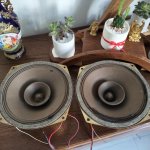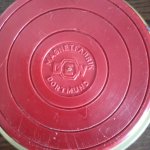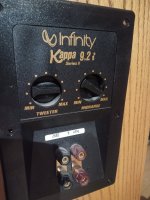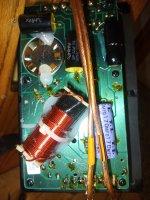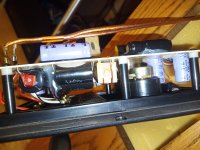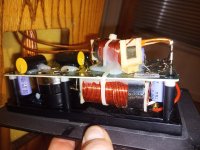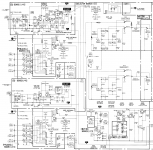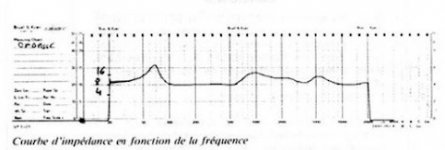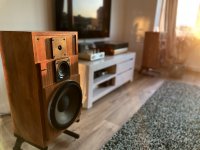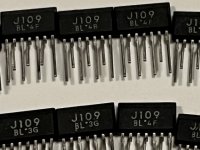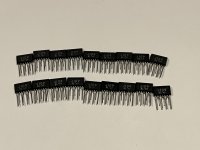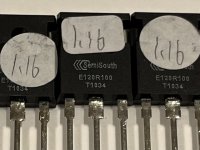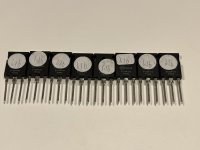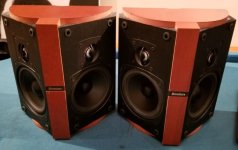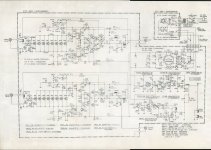Pentode nonlinearity at low levels of drive voltage
- By Danny42c
- Tubes / Valves
- 15 Replies
Datasheet plots of input voltage, current, distortion and power output have a curious nonlinearity at the origen of the input voltage curve. The plot usually rises steeply and then bends slowly to form a (somewhat) straight line for most of the graph. This implies that power output is not linear for very low input levels, becoming (more) linear only at higher input voltages.
What is the reason for this behavior? It is present for different tubes, different manufacturers, so seems intrinsic. But I don't recall reading any mention of this effect.
It would seem to imply a kind of compression for very small signals.
Charging up a capacitance comes to mind, since there is linearity at higher levels.
Am I just not using the right words and search terms?
What is the reason for this behavior? It is present for different tubes, different manufacturers, so seems intrinsic. But I don't recall reading any mention of this effect.
It would seem to imply a kind of compression for very small signals.
Charging up a capacitance comes to mind, since there is linearity at higher levels.
Am I just not using the right words and search terms?

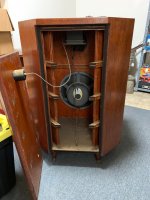
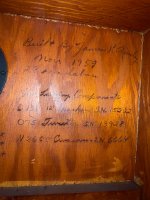
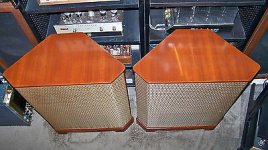
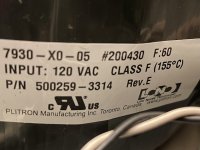
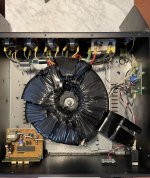

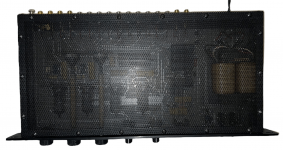

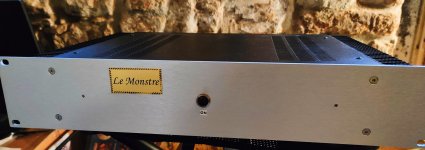
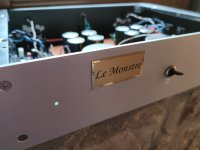
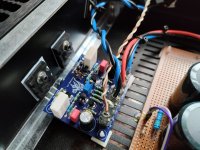
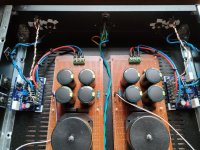
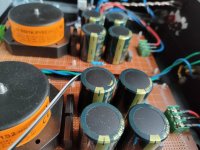
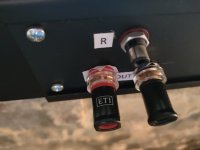
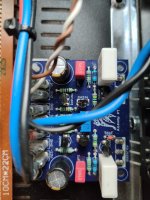

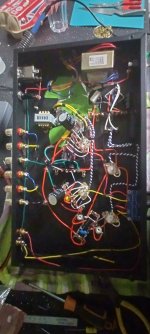
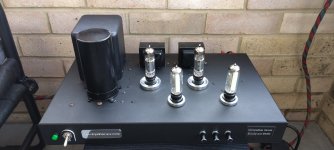
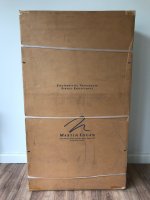
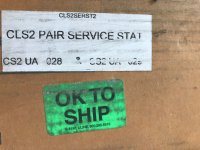
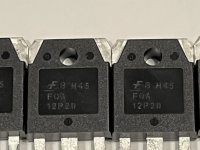
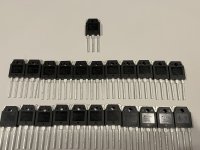
![IMG_4627[1].JPG](/community/data/attachments/1043/1043848-7db749300450bfaa77eac58e95bec1f2.jpg?hash=fbdJMARQv6)
